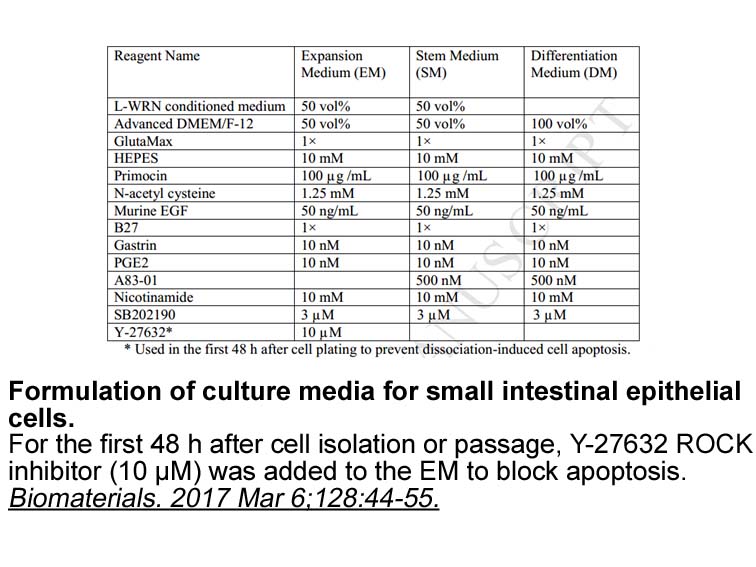Archives
In Antirrhinum floral organ identity genes include DEFICIENS
In Antirrhinum, floral organ identity genes include DEFICIENS (DEF) (Sommer et al., 1990) and GLOBOSA (GLO) (Trobner et al., 1992) required for petal and stamen identity (B-function), PLENA (P) required for stamen and carpel formation (C-function) (Bradley et al., 1993) and SQUAMOSA (SQUA) which is a floral meristem identity gene (Huijser et al., 1992). All these genes encode MADS box proteins. In yeast two-hybrid assays, it was shown that neither DEF nor GLO can interact with SQUA (Davies et al., 1996). However, when the three proteins are coexpressed, the DEF–GLO heterodimer is able to form a multicomponent complex with the SQUA homodimer. Although the formation of homo- and heterodimers among plant MADS box proteins occurs through the I-region and K-box (Fig. 1)Davies et al., 1996, Riechmann et al., 1996, Fan et al., 1997, multicomponent complex formation requires the C-terminus of each protein. The protein complex binds much stronger than the separate hetero- or homodimers to a putative target promoter of DEF and GLO, containing two adjacent CArG boxes (Egea-Cortines et al., 1999). All these data are in agreement with the “quartet model” proposed for Arabidopsis in Fig. 8.
Other experiments showing the importance of interactions between plant MADS box proteins addressed the role of dimerization in translocation of MADS box proteins to the nucleus. In Arabidopsis, AP3 or PI are nuclear only in the Oxytocin in which the other partner is coexpressed (i.e. PI for AP3 and AP3 for PI) (McGonigle et al., 1996). In petunia, the four MADS box proteins FBP2, FBP5, FBP9 and FBP11 (floral binding protein) are involved in proper ovule formation (Angenent et al., 1995). FBP2, FBP5 or FBP9 homodimers are localized in the nucleus, whereas FBP11, which is unable to homodimerize, is present only in the cytoplasm. However, FBP11 is localized also in the nucleus when coexpressed with one of its presumed interacting partners. For all three cotransfected combinations (FBP11 with FBP2, FBP5 or FBP9), the signals were colocalized inside the nucleus suggesting a physical interaction between the protein mole cules (Immink et al., 2002).
In contrast to mammalian and yeast MADS box proteins, multicomponent regulatory complex formation with unrelated transcription factors had not been described among the plant MADS box proteins. Only recently, it was reported that AGAMOUS interacts with VSP1, presenting acid phosphatase activity, and with FLOR1, which is a leucine-rich repeat protein (Gamboa et al., 2001). In addition, it was shown that OsMADS18, a MADS box protein from rice which is involved in the control of the transition from vegetative growth to flowering (Immink et al., 1999), interacts with NF-YB, a rice seed-specific protein (Masiero et al., 2002). NF-YB contains a histone fold motif (YFM) and is part of the trimeric CCAAT-binding NF-Y complex.
cules (Immink et al., 2002).
In contrast to mammalian and yeast MADS box proteins, multicomponent regulatory complex formation with unrelated transcription factors had not been described among the plant MADS box proteins. Only recently, it was reported that AGAMOUS interacts with VSP1, presenting acid phosphatase activity, and with FLOR1, which is a leucine-rich repeat protein (Gamboa et al., 2001). In addition, it was shown that OsMADS18, a MADS box protein from rice which is involved in the control of the transition from vegetative growth to flowering (Immink et al., 1999), interacts with NF-YB, a rice seed-specific protein (Masiero et al., 2002). NF-YB contains a histone fold motif (YFM) and is part of the trimeric CCAAT-binding NF-Y complex.
Concluding remarks
The main feature of MADS box proteins lies in their ability to specifically associate with other transcription factors into multicomponent regulatory complexes. Such associations with other proteins play a crucial role in determining the specificity of gene expression in response to different stimuli. In contrast to plants in which MADS proteins combine mostly with each other, yeast and animal MADS box proteins associate with transcription factors of different types, such as homeodomain proteins, zinc finger proteins, winged helix proteins, b-leucine zipper protein and protein with ETS domains (Fig. 9). Up to now, no partner to the two yeast type II MADS box proteins, Rlm1 and Smp1, has been identified. Interestingly, in muscle cells, two MADS box proteins of different types (SRF, type I and MEF2, type II) interact with the same set of cofactors, Myogenin-E12, MyoD-E12, GATA4 and TEF1, to ensure muscle development. Another characteristic of many MADS box proteins is their capacity to induce DNA bending, facilitating the formation of multicomponent regulatory complexes.